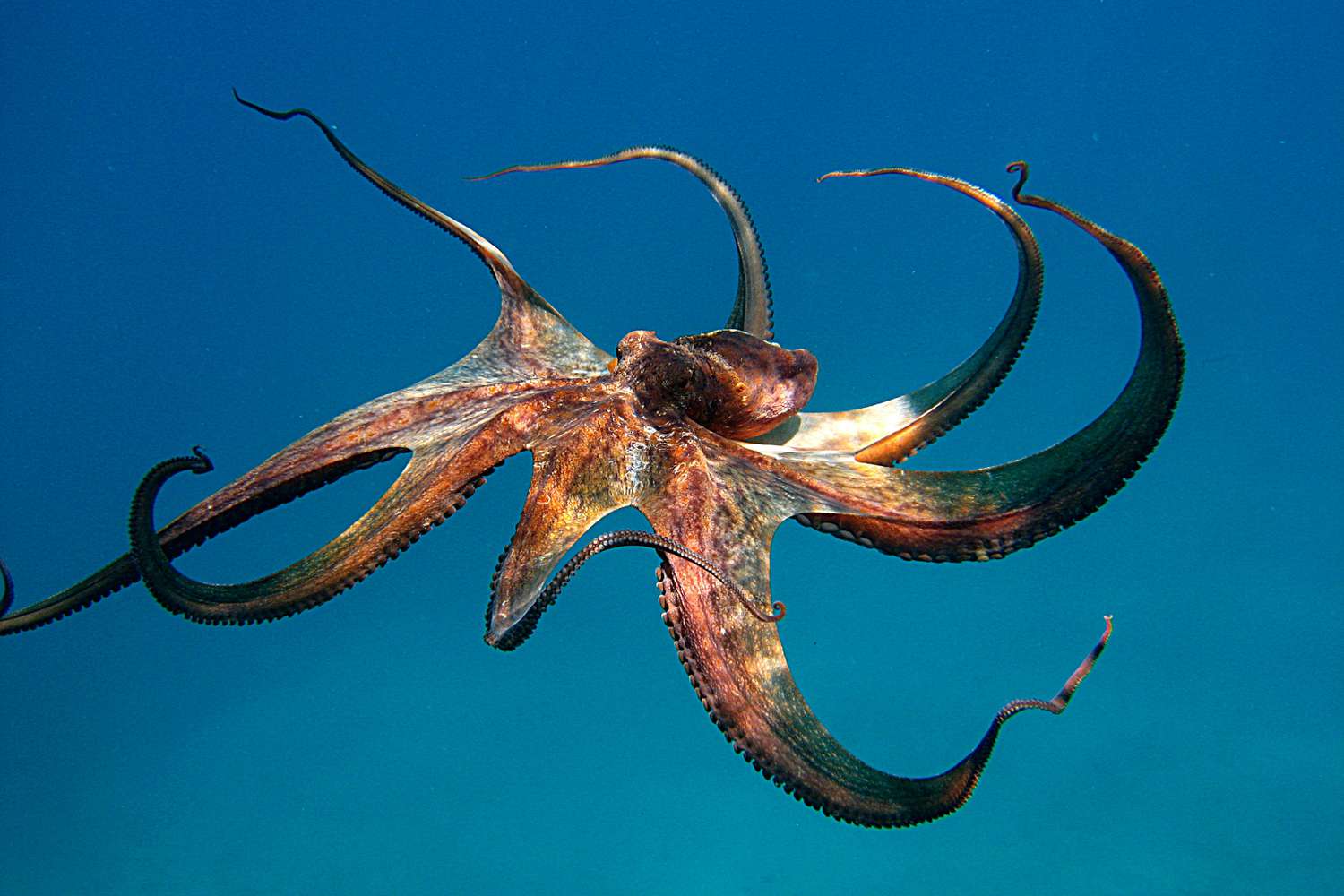
37 interesting facts about squid
- 👁️ 251
Squid, those mysterious and fascinating creatures of the deep, have captivated the human imagination for centuries. These cephalopods are not only known for their unique appearance, with elongated bodies, large eyes, and eight arms, but also for their remarkable intelligence and behavior. Squids are found in every ocean of the world, from the shallow waters to the deep sea, playing a vital role in the marine ecosystem. They are predators and prey, contributing to the ocean’s food chain and biodiversity. From their ink defense mechanism to their ability to change color and texture, squids are truly extraordinary creatures. Let’s explore some interesting and informative facts about squids that highlight their importance, biology, and the mysteries that surround them.
- Squids belong to the class Cephalopoda, which also includes octopuses, cuttlefish, and nautiluses.
- There are more than 300 species of squid in the world’s oceans.
- Squids have three hearts; two pump blood to the gills, while the third pumps it to the rest of the body.
- Their blood is blue due to the copper-based hemocyanin used for oxygen transport, which is more efficient in cold environments than the iron-based hemoglobin.
- Squid can change color and texture of their skin for camouflage and communication, thanks to specialized cells called chromatophores.
- The giant squid (Architeuthis dux) can grow up to 43 feet (13 meters) in length, making it the largest invertebrate on Earth.
- Squid have a parrot-like beak, which is their only hard part, allowing them to squeeze through tight spaces.
- They use jet propulsion to move through the water, expelling water through a siphon.
- Squids are carnivorous, primarily feeding on fish, crustaceans, and other squids.
- The lifespan of most squid species is only about one to three years.
- Squids have large, complex eyes, which in some species are as large as a basketball, providing excellent vision.
- They can squirt ink to distract predators, allowing them to escape.
- Some deep-sea squids possess bioluminescent organs, which they use to lure prey or communicate.
- Squids play a crucial role in the oceanic food chain, both as predators and prey for larger marine animals.
- Many species of squid are important for commercial fishing, serving as a food source for humans.
- The Humboldt squid is known for its aggressive behavior and has been nicknamed the “red devil” by fishermen.
- Squids can regenerate lost limbs, although not as rapidly or completely as some other cephalopods.
- Female squids lay eggs in clusters, which they often attach to the ocean floor or other structures.
- The colossal squid (Mesonychoteuthis hamiltoni) has the largest eyes in the animal kingdom.
- Squids’ nervous system is highly developed, making them among the most intelligent invertebrates.
- Some species exhibit social behavior, such as shoaling, where they swim together in large groups.
- Squid’s skin can display polarized light patterns, which is thought to be used in communication.
- The vampire squid, despite its name, feeds mainly on detritus, using long filaments to collect organic particles.
- Squids’ tentacles are equipped with suckers, some of which have serrated edges or hooks for catching prey.
- The pen, or gladius, is a remnant of the ancestral shell, providing structural support to the squid’s mantle.
- Squid meat is low in fat and high in protein and essential nutrients like vitamin B12 and minerals.
- The flying squid can propel itself out of the water and glide for short distances to escape predators.
- The market squid (Doryteuthis opalescens) supports one of the largest squid fisheries in the world.
- Squids have been found at depths of over 4,000 meters, demonstrating their adaptability to different marine environments.
- Some species of squid engage in elaborate mating displays, involving color changes and pattern shifts.
- Squids have a fast growth rate, which is beneficial for their survival in predator-rich environments.
- The smallest known squid is the sepiolid squid (Idiosepius), reaching only about 2 centimeters in length.
- Ancient sailors often mistook squids for sea monsters, contributing to legends of krakens and other mythical creatures.
- Squids’ ink has been used historically for writing and drawing.
- Research on squids has contributed to advances in neuroscience and other scientific fields.
- Squid populations are sensitive to environmental changes, making them indicators of ocean health.
- The study of squid locomotion has inspired innovations in underwater robotics and propulsion systems.
Squids are not just intriguing marine creatures; they are an integral part of the ocean’s ecosystem and human culture. Their remarkable adaptations and behaviors continue to inspire scientific research and technological innovations. From the depths of the ocean to the dinner plate, squids encompass a wide range of ecological roles and human interests, making them a fascinating subject of study and appreciation. As we continue to explore the mysteries of the deep, squids remind us of the complexity and interconnectedness of life beneath the waves.
Squid, those mysterious and fascinating creatures of the deep, have captivated the human imagination for centuries. These cephalopods are not only known for their unique appearance, with elongated bodies, large eyes, and eight arms, but also for their remarkable intelligence and behavior. Squids are found in every ocean of the…